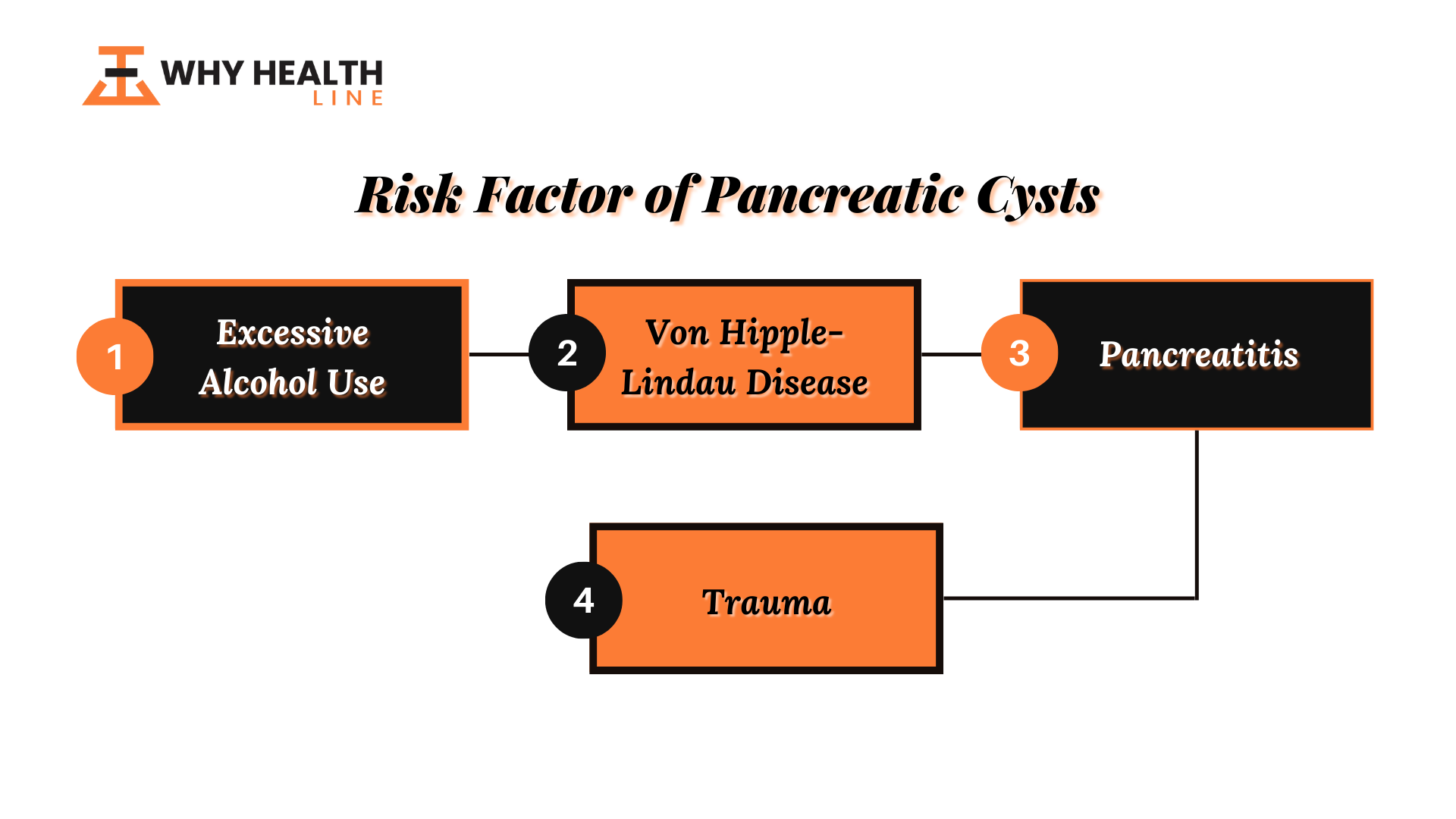
Pancreatic cysts are small, sacklike, fluid-filled growths in the pancreas lined with epithelium and can either be cancerous or noncancerous.
The pancreas is a large organ located behind the stomach that produces enzymes and hormones, which help in food digestion. Cysts affect the functionality of the pancreas and can be diagnosed during imaging testing.
Pancreatic cysts should be diagnosed and treated in the early stages in order to avoid complications such as infections or ruptures.
Most pancreatic cysts resolve themselves with time and do not need treatments. More than 90 percent of cysts are not malignant or cancerous, although some may be considered precancerous.
Pancreatic cysts usually do not cause serious health problems and are often found while taking images of the abdomen for another purpose.
But sometimes, complications arise; if symptoms do not subside over time or the cyst grows larger than 6 centimeters, it becomes necessary to surgically remove it or drain it.
Common Symptoms of Pancreatic Cysts
- Persistent abdominal pain that radiates to the back.
- Nausea and vomiting.
- A mass in the upper abdomen can be felt.
- Weight loss.
- Feeling full soon after you start eating.
Sometimes pancreatic cysts develop as a result of an inflammation in the pancreas or pancreatitis. These cysts can also result from injury to the abdomen, such as from a car accident.
But mostly, they develop for no obvious reason and are usually diagnosed by chance during MRI or CT scans done for another purpose. Most pancreatic cysts are benign or noncancerous, and they do not harm you or cause any significant symptoms.
But some cysts might be precancerous and have the potential to turn into pancreatic cancer and need proper treatments.
Types of Pancreatic Cysts
There are typically two main types of pancreatic cysts: mucinous and serous. The primary difference between these two types of cysts is the kind of fluid they contain. Mucinous cysts have a stickier and thicker fluid, whereas serous cysts have a thin fluid.
However, the majority of cysts are benign or noncancerous. But, there are several mucinous cysts as well that may require serious attention, which includes:
- Mucinous cystic neoplasm contains ovarian tissue and is mainly found in women.
- Main-duct interpupillary mucinous neoplasms, which involve the central duct of the pancreas and contain intestinal villus, which are small protrusions that look like fingers.
Risk Factors of Pancreatic Cysts
Although the main cause of pancreatic cysts is not discovered yet, there are several risk factors, including:
-
Excessive Alcohol Use
It makes the pancreas at high risk for developing pancreatic cysts and pancreatitis. Abdominal injuries can also become a reason for pseudocysts.
-
Von Hippel-Lindau Disease
This genetic disorder affects the form and function of the pancreas.
-
Pancreatitis
When enzymes that assist in food digestion are active prematurely, it can lead to irritation of the pancreas, which might result in the formation of cysts.
-
Trauma
Cysts are more likely to develop after abdominal injuries or trauma, such as after a car accident.

How Do You Treat Pancreatic Cysts?
In some severe cases, cysts can become infected and require medical assistance. Consult your healthcare provider if you feel persistent abdominal pain or have a fever.
A ruptured pancreatic cyst can sometimes be a medical emergency but fortunately, it is rare. However, a ruptured cyst can also cause infection in the abdominal cavity (peritonitis).
Most pancreatic cysts resolve on their own without the need for treatments over time. However, when symptoms persist for prolonged periods or complications emerge, or a cyst becomes larger than 6 centimeters in size, it should be drained.
There are generally two methods of cyst drainage:
-
Endoscopic Drainage
In this procedure, a small tube, referred to as an endoscope, is placed in the patient’s mouth and directed to the small intestine.
The small tube contains an endoscopic ultrasound and a needle to drain fluid from the cyst.
In some cases, drainage through a needle may be the only viable option, which uses a hollow tube inserted into the body to remove the fluid.
-
Surgical Drainage
Surgical drainage is performed either via open surgery or laparoscopic surgery (using a laparoscope, a surgical tool that requires a small incision).
Prevention of Pancreatic Cysts
The best way to prevent pancreatic cysts is to prevent pancreatitis, which is usually caused by heavy alcohol use or gallstones. If gallstones are triggering pancreatitis, patients might need to have their gallbladder removed.
If pancreatitis is due to alcohol use, then giving up drinking habits can also reduce the risk.
Moreover, by making some nutritious choices, you can also minimize the chances of cyst formation. A diet low in cholesterol, fat, and carbohydrates and consisting of vegetables, fresh fruits, and lean protein can also lower your triglycerides and may help prevent the development of these pseudocysts.
FAQs
Do Pancreatic Cysts Need to Be Removed?
Not all pancreatic cysts need to be removed. The need for removal depends on various factors such as the size and location of the cyst, the presence of symptoms, and the type of cyst.
Most pancreatic cysts are benign and do not cause any symptoms. However, some cysts can become cancerous over time, and some can cause complications such as infection or blockage of the pancreatic duct. In such cases, removal of the cyst may be necessary.
Your doctor will perform imaging tests, such as an MRI, CT scan, or ultrasound, to determine the size and location of the cyst and to identify any potential complications. They may also perform a biopsy to determine if the cyst is cancerous.
How Long Can You Live with Pancreatic Cysts?
The prognosis of pancreatic cysts depends on various factors such as the type, size, location, and presence of any symptoms or complications.
Some pancreatic cysts may remain stable and benign for a long time, while others may progress to pancreatic cancer or cause severe symptoms.
Small cysts that are less than 2 cm in size and are not causing any symptoms may not require any treatment and can be monitored with regular imaging tests.
However, larger cysts or those that are causing symptoms or complications may require further evaluation and treatment.
However, it is important to consult with a healthcare provider if you have pancreatic cysts or any symptoms such as abdominal pain, nausea, vomiting, or jaundice.
Early diagnosis and treatment may improve the prognosis and increase the chances of a favorable outcome.